Connectez-vous et inscrivez-vous pour recevoir la newsletter Art Basel Stories
In a country as wide, weird, and wolfish as the US, it can be difficult to untangle the complex political and sociological currents that shape individual lives. Holding a mirror up to power is an age-old artistic endeavor: one that has become more urgent as this complexity increases. From decoding military imaging software to new readings of the racisms inherent in images, read on to discover how seven artists featured in 'OVR: Pioneers' are taking a decidedly contemporary approach to iconography.
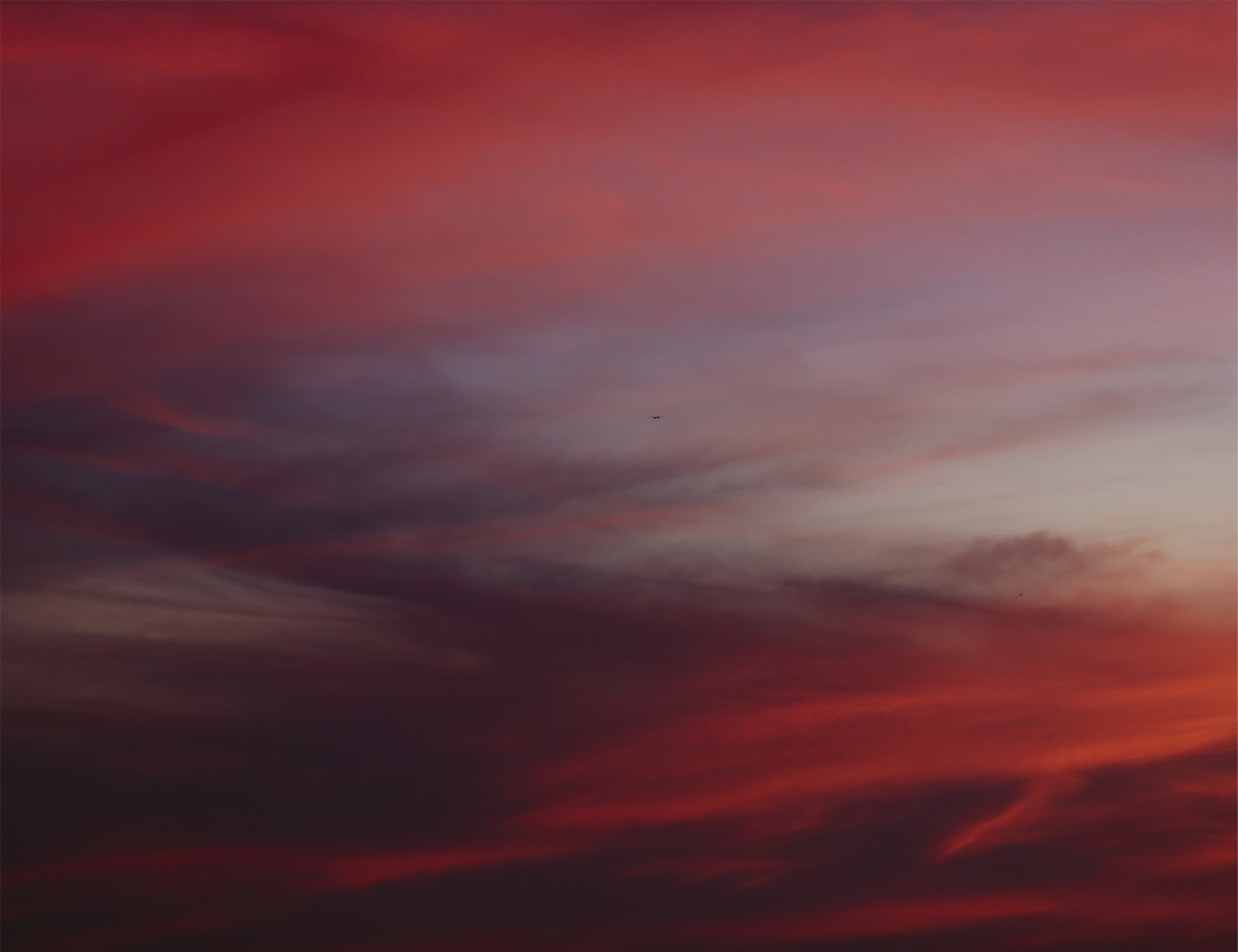
Trevor Paglen’s (b. 1974) photographs, presented by Altman Siegel (San Francisco), draw both magic and rigor from the technology of augmented sight. Using magnification so extreme it reaches the optical limits of a camera lens, he makes detailed images of distant military sites, or renders sublime pictures of a sky so granular we can discern the pinpricks of spy satellites or the fleck of a Reaper drone. Yet his images are also reminiscent of formal art historical experiments: William Turner’s sunsets, for example, with their proto-abstract color fields, as with The Burning of the Houses of Lords and Commons (1834). Paglen’s hard subjects appear couched in unsettling beauty, showing how power obscures its footprint with aesthetic choices used by artists as well, from abstraction to minimalism.
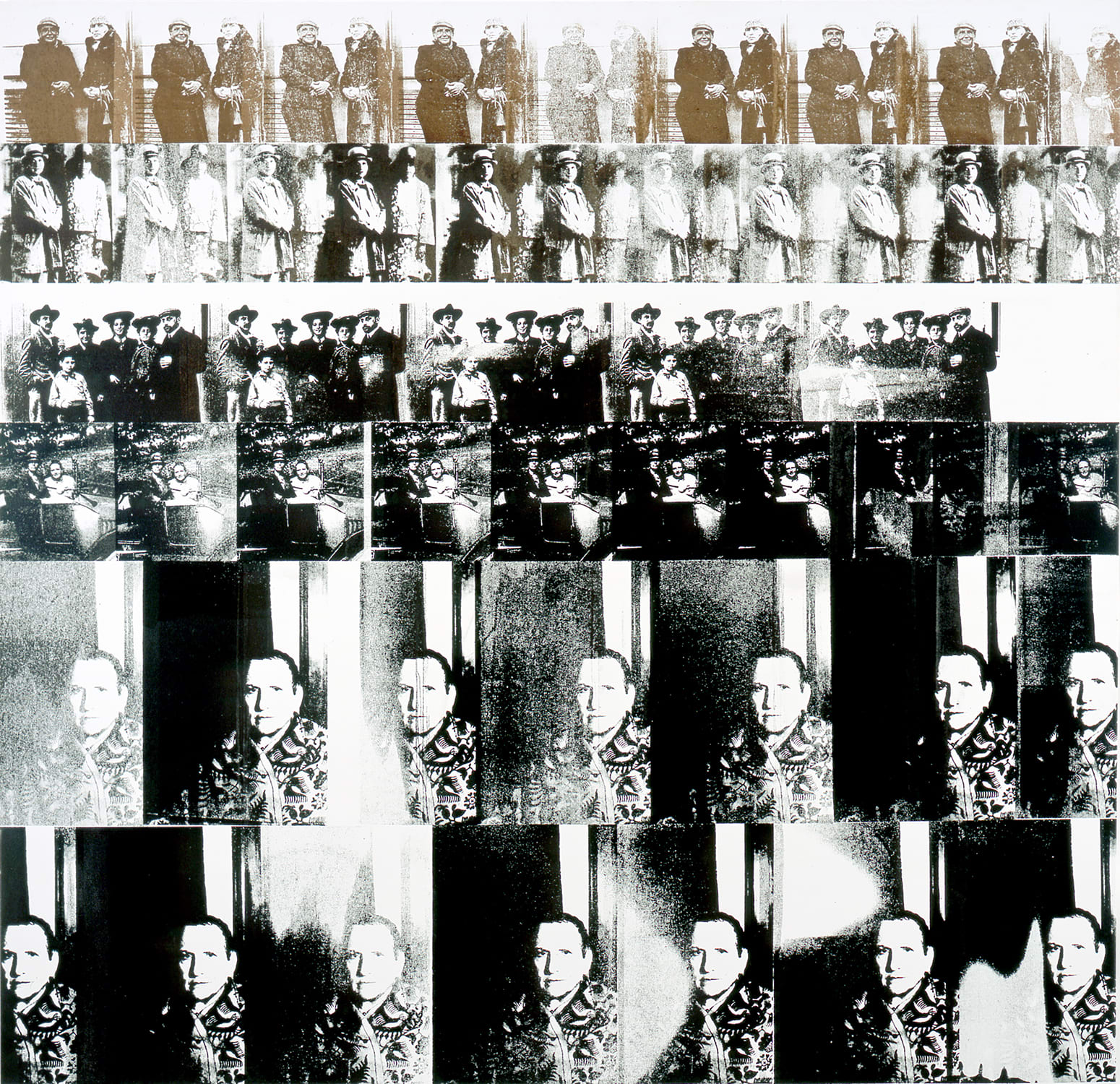
To appropriate the appropriator is one way to see what they omit. Deborah Kass’s ‘Warhol Project’ series (1992–2000) rephrases the pop artist’s best-known works, from Triple Elvis (1963) to Gold Marilyn Monroe (1962), with different models. In several works, Kass (b. 1952) swapped Jackie Kennedy, an emblem of housewifely Wasp perfection, for camp icon Barbra Streisand, her famous nose in profile; author Gertrude Stein is a reoccurring figure as well. In others, she appears herself. Kass’s series rephrases Warhol’s portrayals of stereotypical American celebrity to celebrate the contributions of queer and Jewish artists to the country's cultural heritage. Kass also reprised Warhol’s ‘Most Wanted’ silkscreens, his comment on the thin line between notoriety and celebrity, but with a series of contemporary artists, curators, and critics (on view in Chicago gallery Kavi Gupta’s Viewing Room) – wanted not for their crimes but their networks.
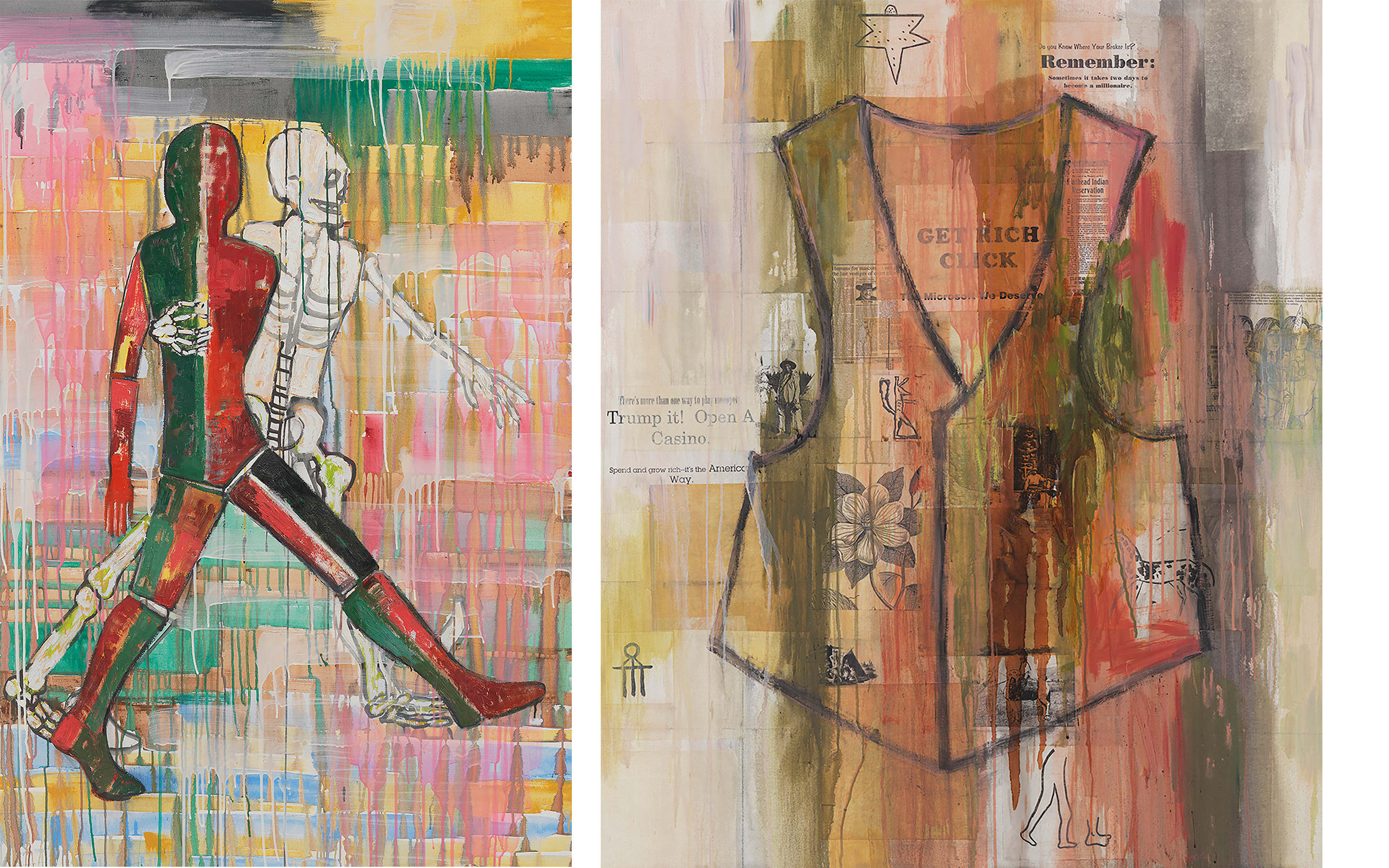
An Indigenous artist who rose to prominence during the heyday of 1990s multiculturalism, Jaune Quick-to-See Smith (b. 1940) sharpened appropriation into a weapon. Her painterly style is her own, yet incorporates obvious hallmarks from Picasso, Rauschenberg, Kandinsky, and other protagonists of the Western avant-garde. Quick-to-See Smith’s works conflate the myths of supposedly savage Indigenous America with the ‘civilized’ savagery that Christian Europe brought with it on its quest for colonies. In her caustic ‘I See Red’ series, shown by Garth Greenan Gallery (New York City), the artist applied runny outlines of necessities like clothing and shelter to canvases papered with advertisements for shady real estate deals and get-rich-quick schemes, bitter reminders that the commodification of our most basic human needs remains ubiquitous.
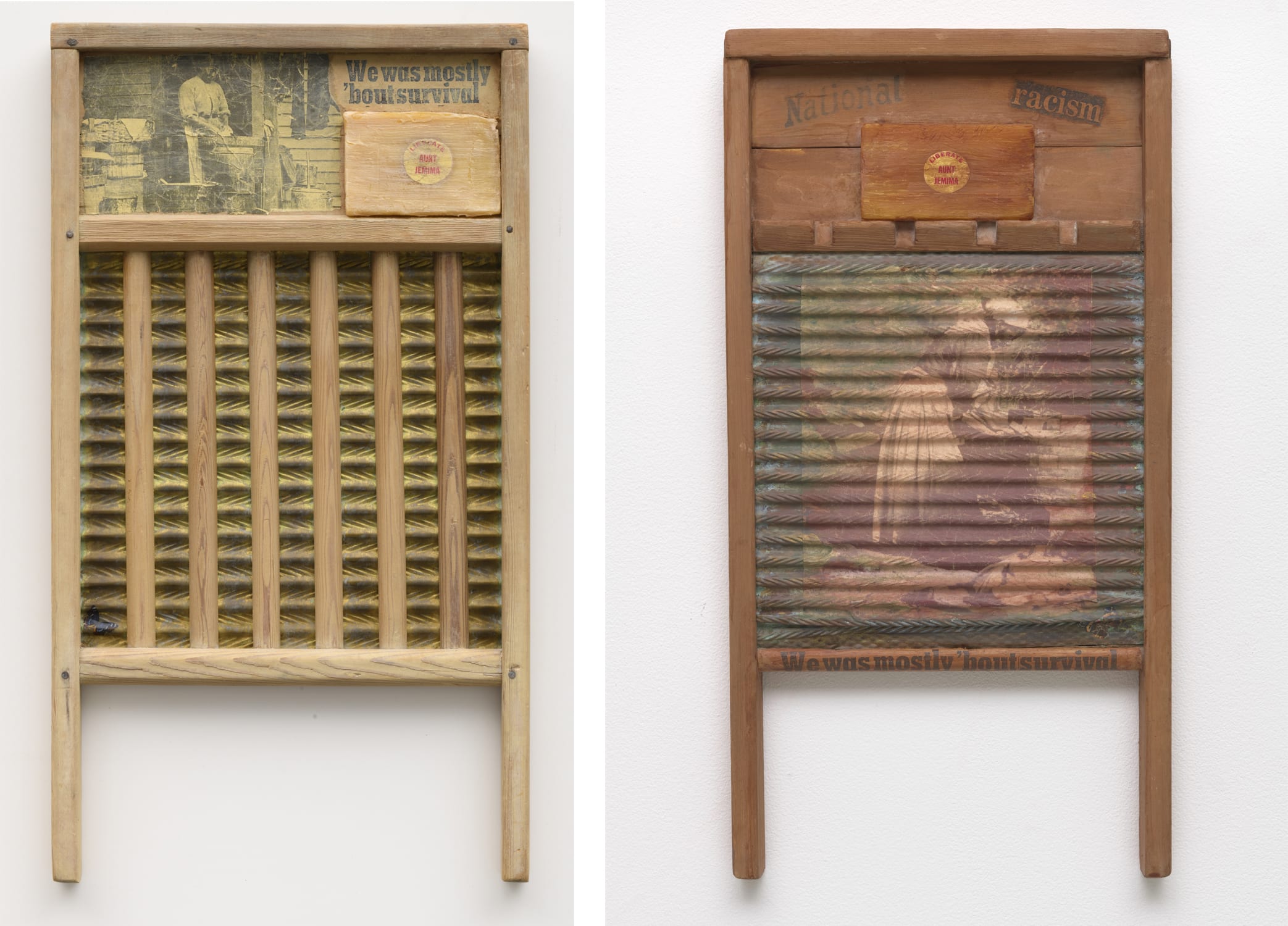
Betye Saar (b. 1926) fashions a damning critique of racism in the US from some of its most mundane products. Since the 1960s, Saar has sifted through junk shops and secondhand stores, combining bric-a-brac into sculptures poised between power and pain. Her washboard assemblages, for instance, use this vintage appliance as the support for paintings, collages, and sculptures depicting anti-Black tropes such as minstrel shows and mammies. Presented by Roberts Projects (Los Angeles), the series stresses the ties between race and domestic labor that have outlasted the official end of slavery. In one freestanding work, four washboards are topped with an offensive drawing of a Black cook in an advertisement for baking powder. Saar has crossed out the ‘d’ to reveal the true message: power.
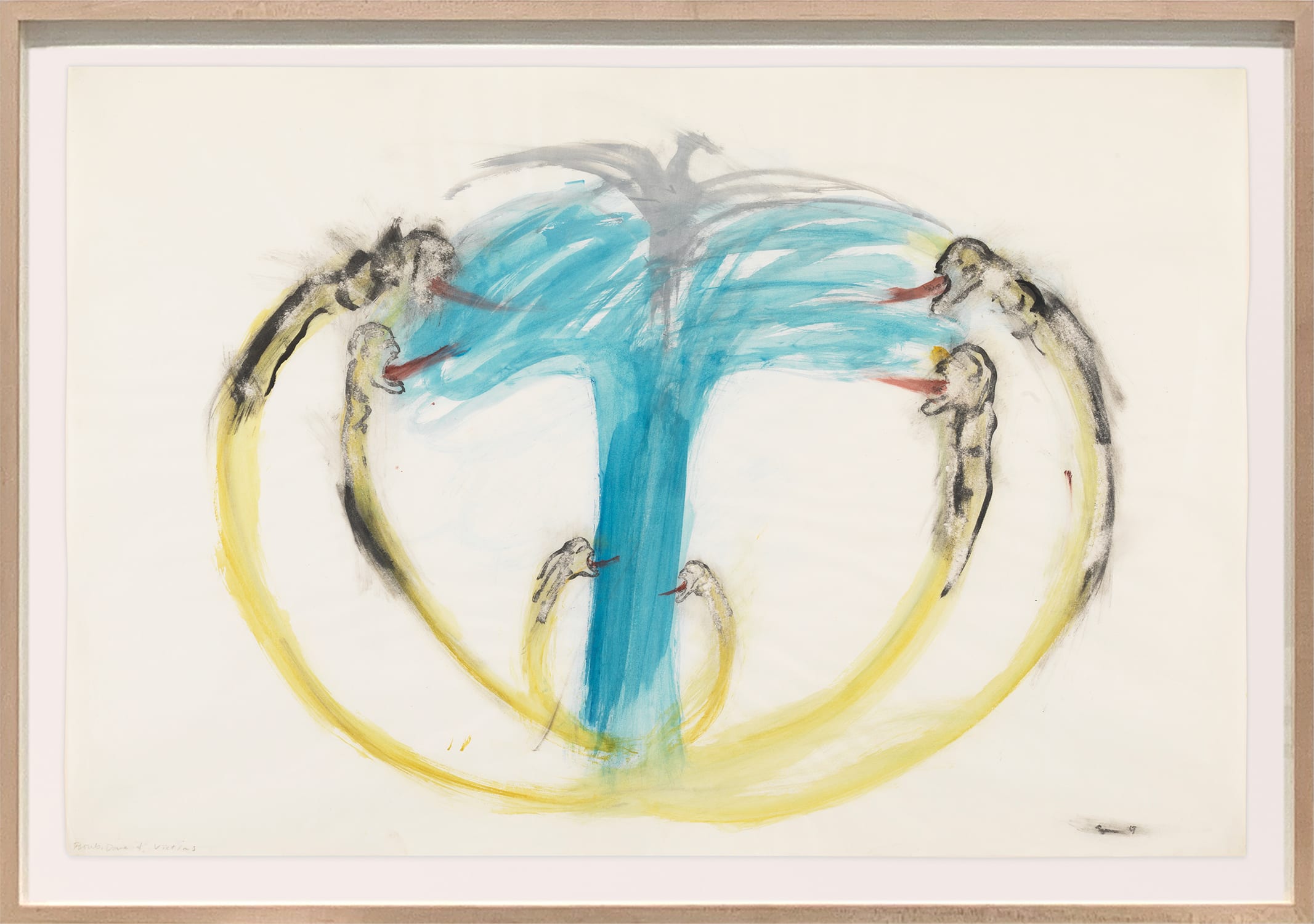
If women have long been treated as supporting actors in the pageants of Western civilization, Nancy Spero (1926–2009), whose works are included in the virtual booth of Galerie Lelong & Co. (New York City and Paris), spent five decades intensifying Cassandra’s warnings into screams. Mothers and children emerge from the black-brown scumble of her early abstract paintings. The powerful Vietnam-era ‘The War Series’ (1966–70), dozens of gouaches deep, features lactating mushroom clouds and harpies suckling like Romulus and Remus at the teats of a ‘female helicopter.’ Gradually, Spero developed a lexicon of priestesses and acrobats – as well as the severed heads of her victims, some with long, lamenting tongues. Her final major work, Maypole: Take No Prisoners (2007), a commemoration of all the dead innocents of every war, brought these heads into the round with a macabre mobile, from which they dangled like flat trophies on ribbons of shrieking red.
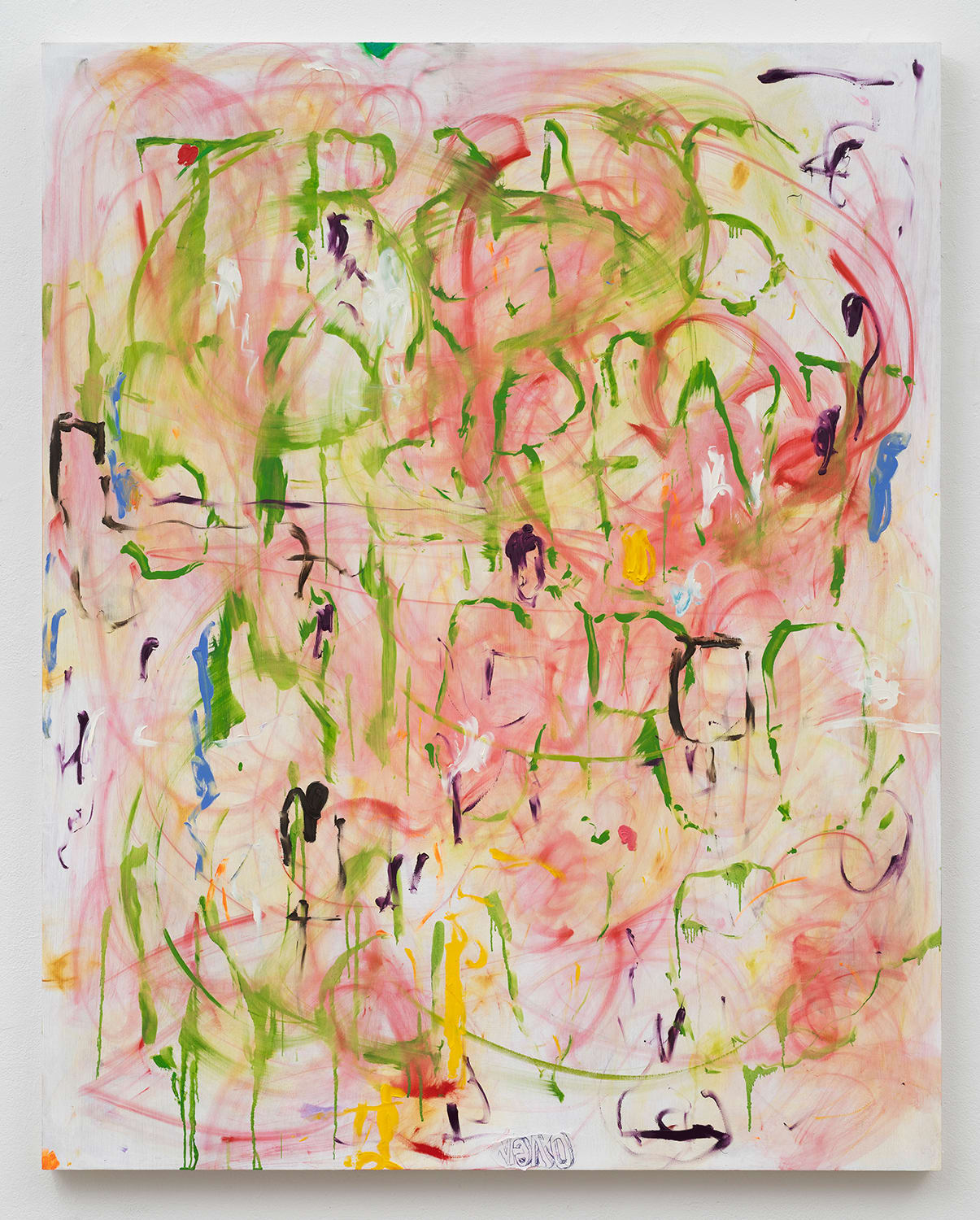
Pope.L’s ongoing series of text paintings – impasto aphorisms about race, fame, and painting itself – pull the language of rainbow multiculturalism back to reality. These all-caps, often nonsense statements about ‘white people’, or Black – but also green, yellow, purple, and pink –beg the question of what (or whose) purpose such labels serve. Performances by Pope.L (b. 1955) are equally abject: His peerless ‘crawl’ works, dating back to the 1970s, have had him making his way through New York City on his elbows and knees, dressed in suits or as Superman, daring passersby to ignore his struggle. Another piece, in which he reads and then eats an entire copy of the Wall Street Journal, dramatizes his cagey grasp of language. Works by the artist are presented by Vielmetter Los Angeles.
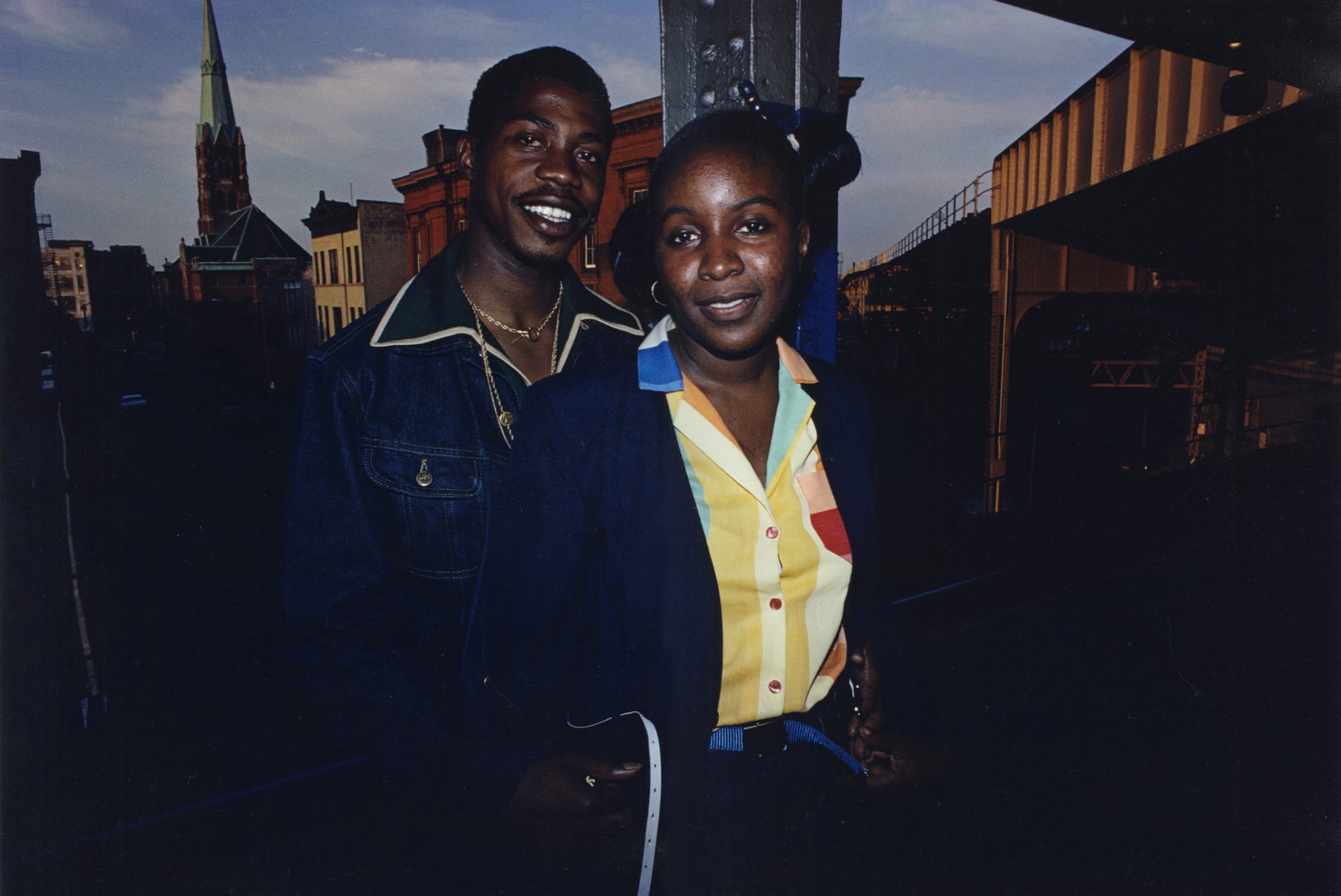
In the early 1980s, as New York City began shedding its squalor, Bruce Davidson (b. 1933) took street photography beneath the street – and the focus of his series of ‘Subway’ pictures (1980), shown by Howard Greenberg Gallery (New York City), is the people. One photo taken from the platform, in which three windows frame straphangers in a car covered with muddy tags, recalls a famous image of a trolley car from Robert Frank’s ‘The Americans’ (1958). In another, a man hunches on the F train as it passes a graveyard; a white graffito curls up the glass like smoke. Davidson captures a city up for grabs, embodied by couples necking on the scuzzy staircases, natty men meeting the camera’s gaze from filmy yellow seats. Davidson’s subjects seem proud to be there – alive, in New York, but also in his pictures.
'OVR: Pioneers' will run March 24–27, 2021. Find out more here.
Travis Diehl has lived in Los Angeles since 2009. He is the online editor at X-TRA.
Top image: Bruce Davidson, Subway, New York (detail), 1980. © Bruce Davidson / Magnum Photos. Courtesy of Howard Greenberg Gallery, New York City.

